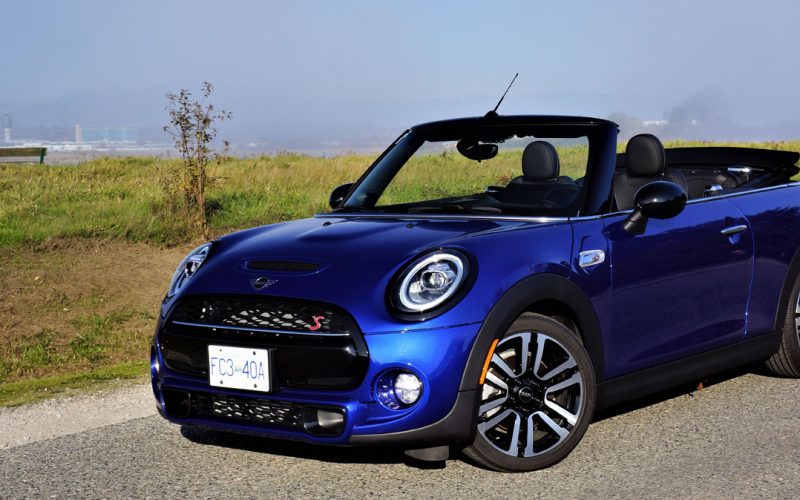
Reading Time: 10 minutesMini is one of those brands that I almost completely forget exists until one of their
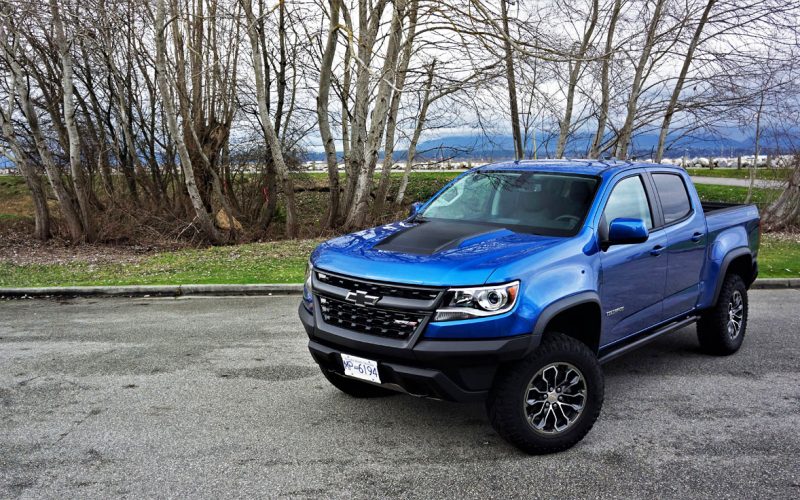
Reading Time: 17 minutesThis is one badass truck. Chevy got the proportions perfect, and along with the Colorado ZR2’s
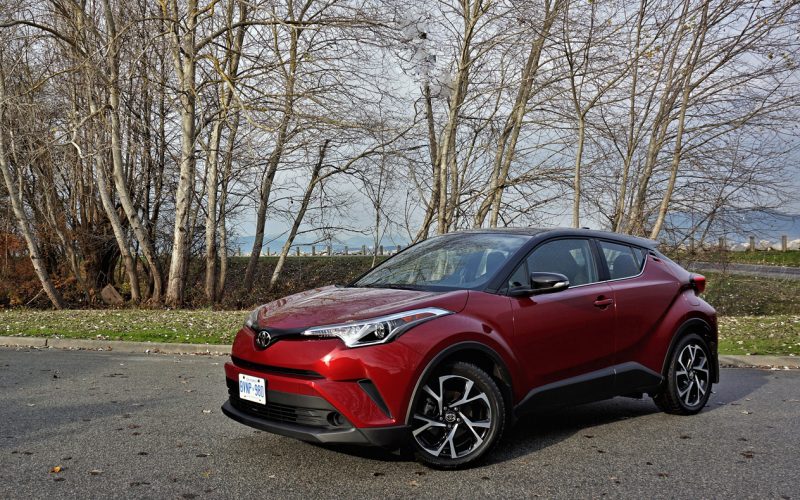
Reading Time: 10 minutesBack in January of 2014 at the North American International Auto Show in Detroit while introducing
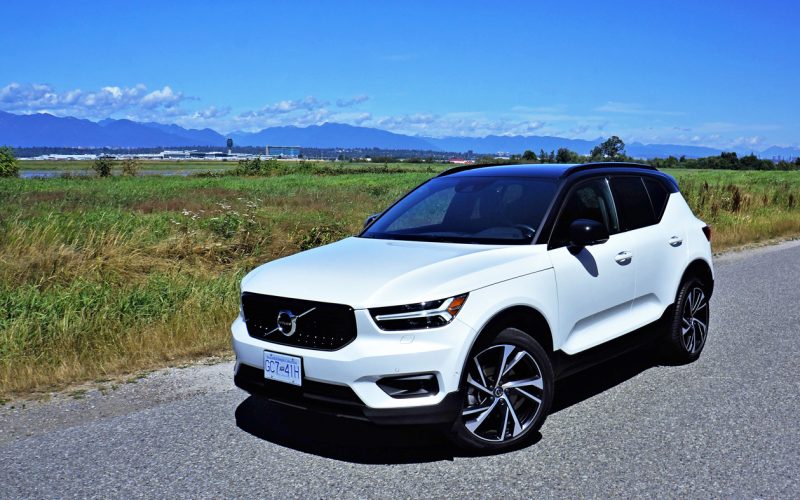
Reading Time: 14 minutesI must admit… I really like Volvo. Particularly new, reinvented Volvo, since the Swedish luxury brand
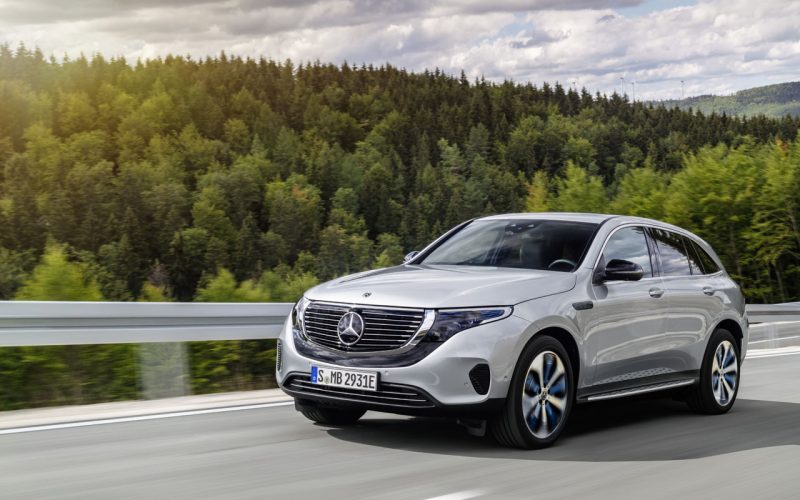
Reading Time: 4 minutesMercedes-Benz parent Daimler AG has announced that it will offer a carbon-neutral model lineup by 2039,
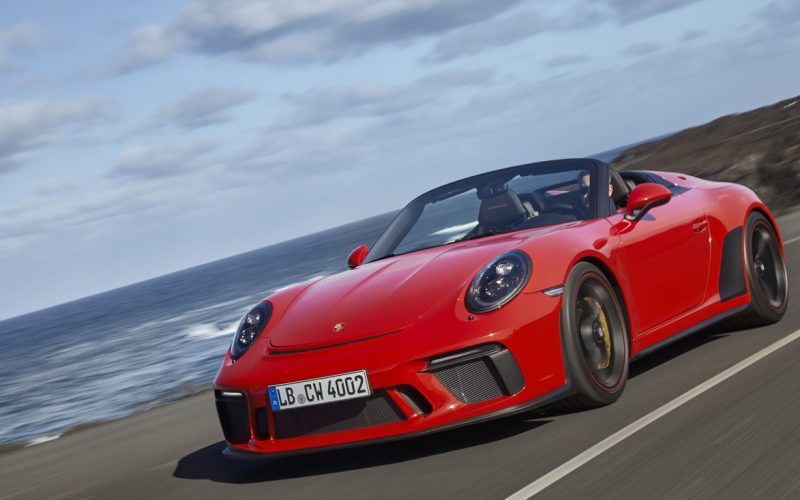
Reading Time: 5 minutesPorsche celebrated its 70th birthday by launching a sensational rendition of its first ever car, the
© 2025 The Car Magazine. All Rights Reserved, Privacy Policy | Terms of Use